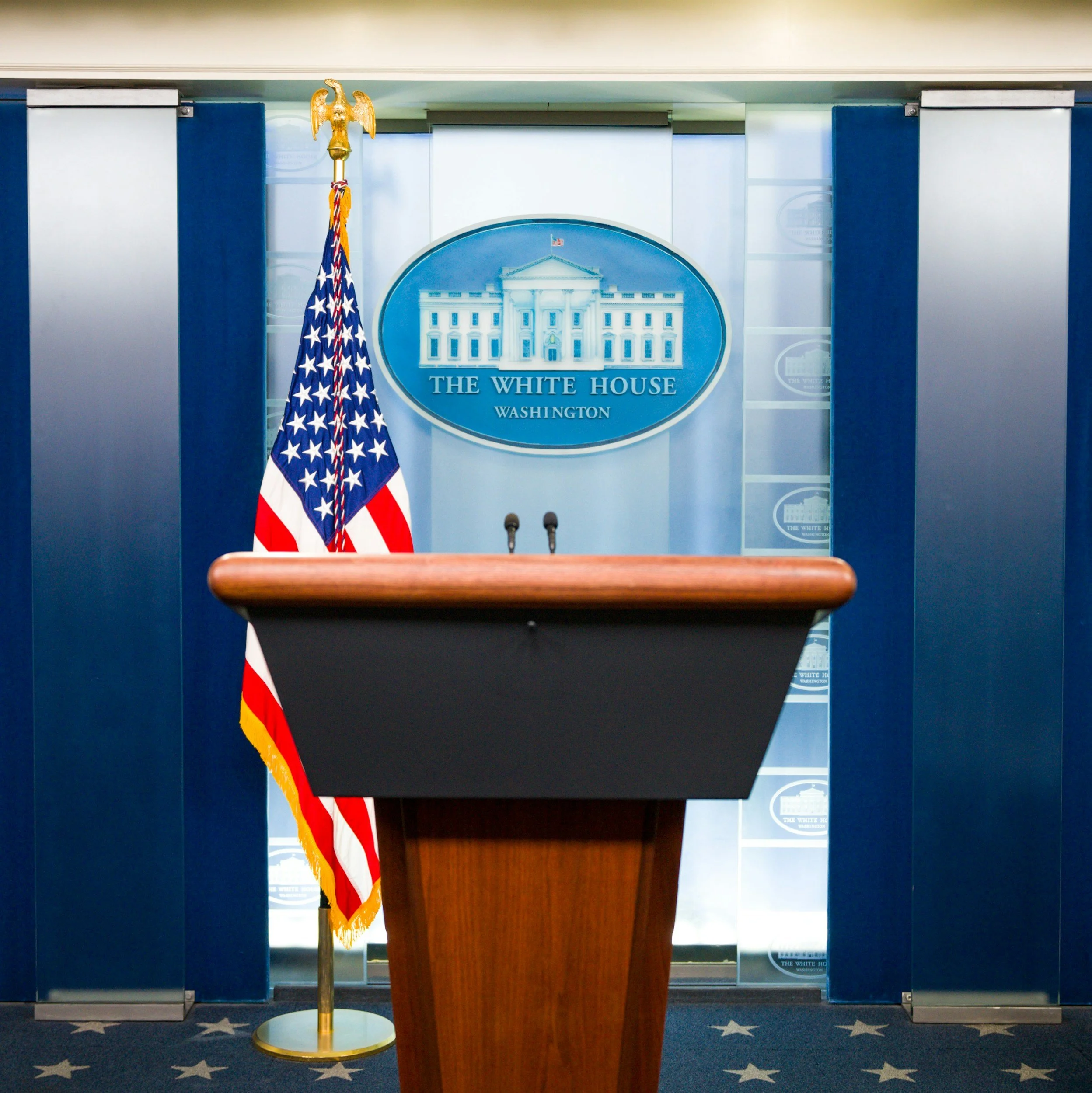By: Sarah Box
On July 23, 2025, the White House launched its AI Action Plan. This was one of U.S. president Donald Trump’s early requests on entering office, issued in his Executive Order on Removing Barriers to American Leadership in Artificial Intelligence. While the plan contains no timelines, a trio of executive orders signals that the administration is looking for results. Framed as “Winning the AI Race”, the action plan is comprehensive and ambitious. It describes over one hundred recommended policy actions clustered in three pillars: accelerate AI innovation; build American AI infrastructure; and lead in international AI diplomacy and security.
The plan’s focus on innovation picks up where the Trump administration left off in 2021, including giving fresh impetus to the National AI Research Resource. Action on AI infrastructure was similarly well signaled (including endorsement in January for the private sector-led Stargate project), and attention to diplomacy, national security, and defense is obvious for a technology with ubiquitous functionality and geopolitical implications. The plan’s strengthening of export controls, and exploration of new ways to track chip locations, is not unexpected.
Advancing the plan’s innovation actions could spur uptake of AI and usher in AI’s oft-promised productivity benefits, estimated by the OECD to be up to 1.28 percentage points of additional annual labor productivity growth over the next decade. Many actions may look familiar to other countries as current or “wish list” policies, including establishing regulatory sandboxes to support testing of AI tools, easing access to federal data to promote availability of high-quality scientific data, and reviewing regulatory settings for their impact on AI development and deployment. There are notable actions to expand AI literacy and skills, evaluate AI’s labor market impact, and support workers’ adaptation to AI-driven changes at work. Government adoption of AI will be supported through mobility of specialized AI talent, sharing use cases across agencies, and upskilling staff. The procurement-related requirement for frontier large language model (LLM) developers to ensure systems are objective and free from top-down ideological bias may offer interesting insights into the black box of LLMs, and is a focus for the White House (see the Executive Order on Preventing Woke AI in the Federal Government).
The infrastructure scale-up will test the market’s ability to pivot physical, financial, and human resources to the energy and infrastructure sectors, and could have a significant impact in some regions. The plan’s actions are bolstered by an Executive Order Accelerating Federal Permitting of Data Center Infrastructure that will unlock sources of financial support for qualifying projects and streamline permitting processes. The plan recognizes the need for policy coherence and proposes actions to increase relevant skills, including recommending the Departments of Labor, Education, Energy, and Commerce, and the National Science Foundation, to partner with state and local governments and stakeholders to support creation of industry-driven training programs related to AI infrastructure occupations. More generally, the actions support wider reindustrialization goals, by seeking to boost semiconductor manufacturing alongside expanding “next generation” manufacturing in innovative AI-enabled physical objects.
AI diplomacy and security actions include a strong focus on the concept of an American AI stack and are accompanied by an Executive Order Promoting the Export of the American AI Technology Stack. The aspiration to bring the AI stack home and to export this full stack — from hardware to standards — to allies and partners is understandable from a geopolitical perspective. However, it will be important to strike a balance to avoid diverting opportunities to spur domestic innovation in those countries, including through the plan’s encouragement of open-source models. Monocultures are risky and an international system with deep capability, redundancies, and backups, if well-coordinated, may be stronger. There is also an untapped possibility to gain a diplomatic edge in promoting American AI systems abroad by pairing the infrastructure push with research efforts to reduce the environmental footprint of AI, especially water demand. This could provide another source of competitive advantage over rivals and contribute to greater social acceptance of AI technologies.
Despite a change in language and emphasis, safety, security, and attention to AI harms feature across the action plan. The rebranded Center for AI Standards and Innovation is tasked with actions on advancing interpretability, control and robustness, and on AI evaluations. The plan also includes actions to better equip the legal system to deal with deepfakes, to build AI incident response doctrines into existing regimes, and to develop national standards for AI systems in domains such as healthcare and energy.
The AI Action Plan is a clear signpost towards American dominance in AI and its impact will be felt globally. The hope is that it will indeed lead to the industrial and information revolution and cultural renaissance anticipated by the administration, and that this is not a winner-take-all race but one that allies and partners can share in.
Sarah Box was formerly a Visiting Fellow at ORF America. She is currently a Principal Policy Advisor in New Zealand’s Ministry of Business, Innovation and Employment. This comment reflects her personal views and not those of the New Zealand Government.

